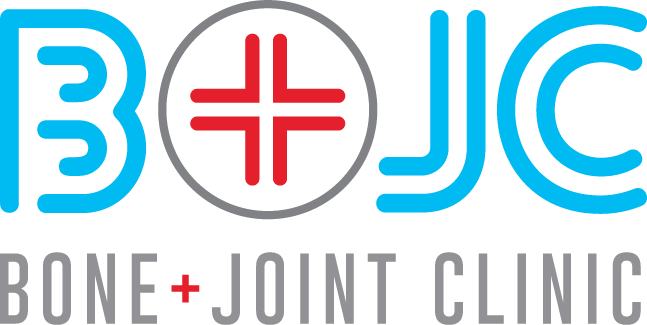Wound Management
CORRECT MANAGEMENT
Correct management of your wound is essential in preventing infection, managing scarring, preventing hypersensitivity and the cosmetic appearance of your wound. The following is a guide. If you have further questions please ask me at your next consultation. For the first 10-14 days keep your wound clean and dry. If you were sent home with bandages on, these can be removed the day after surgery. Underneath the bandage and wool you will see the wound dressing. This is waterproof and you can briefly shower once a day with this dressing on. Please do not have the wound submerged in a bath or pool during this early period. If the waterproof dressing starts to come loose, you can get a replacement dressing from the chemist. Ask for a waterproof dressing. I will generally see you to check the wound at around the 10-12 day mark post surgery. Under most circumstances I will use an absorbable suture and no stitches will need to be removed. Situations in which I do use stitches above the skin surface include:where skin closure is especially tight where the skin is infected or is at risk of becoming infected (trauma) in certain locations such as hands and feet. Two weeks after the surgery I want you to begin wound massage. I generally recommend doing this with vitamin E cream for its healing properties. Avoid using oils or creams that are scented as these may irritate the skin. Do your wound massage directly on the scar, going around in circles, up and down the wound. I like you to do this three times a day for 5-10 minutes. As the wound sensitivity diminishes, massage more forcefully. The advantages of this process are to decrease the tenderness of your wound, prevent adhesions forming between the wound and the tissues underneath it, and to make the wound look better. Continue wound massage until the scar turns white. This usually happens 3-4 months after the operation. Three weeks after the surgery, provided the wound is completely sealed, you can have a bath or swim in the pool.
SIGNS OF INFECTION
Discharge from the wound
Redness and swelling that is increasing, not decreasing
Fevers.
If you have these symptoms please make contact with my rooms and I will make an appointment to see you. If I am unavailable please see your local doctor or GP. If you are prescribed antibiotics by another doctor because of concerns about a possible wound infection please notify me. This is especially important if you have had an operation that involved insertion of metal-ware such as a joint replacement. In this scenario I will make an appointment to see you as a matter of urgency.
